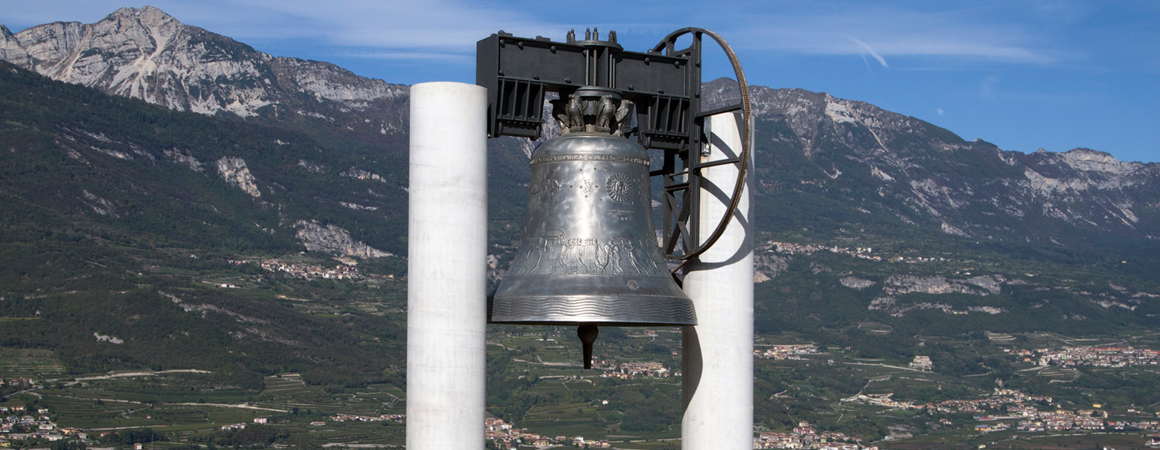HAPPENING AT THE UN
INTERNATIONAL WORLD HABITAT DAY
"In biology it is the set of environmental conditions in which a specific species of animal or plant lives". Therefore it concerns us. "By extension in ecology it corresponds to the environment and measures the general conditions of an urban settlement, and the combination of structures, natural and artificial, that characterize it". This is how the dictionary defines the word "habitat". Iosif Brodsky had twenty-six dictionaries on the shelves of his library including seven in German and two in Japanese, certainly too many for those who do not have the aspiration to be awarded the Nobel Prize for literature. But just open the only one that has been lying unused for too long on the Ikea shelves bent by the weight to understand that when the United Nations indicates the "International World Habitat Day » they are talking about our everyday daily life, even in areas other than those that would immediately come to mind. Since 1985, on the first Monday of October, from the UN headquarters we have been asked to stop for a moment and look around us, mainly in the cities, in order to evaluate how things are going.
This year that fateful day is October 4th, the same day as Maria Dolens' first toll, which took place in 1925. Perhaps it is a coincidence, provided that coincidence exists, but the confluence of the two celebrations creates an immediate mental short circuit: is it possible to live in Peace without considering the environment around us?
Humanity counts war casualties in terms of dead soldiers and civilians, the wounded, destroyed cities and scarcity in means of subsistence. Often, however, the environment is the ignored victim of conflict yet at the same time the cause of clashes. Battles for wells often end up making the water unusable, poisoned before retreating so that it does not remain in the hands of the enemy. The same goes for the crops burned, the forests cut down, the animals killed. Minefields make some areas inaccessible for years.
Often, however, the environment is the ignored victim of conflict yet at the same time the cause of clashes
With military advantages we pay the price in terms of ecology and it is a vicious circle. According to a study published on May 27, 2016 by the United Nations Environment Programme (UNEP) wars do in fact destroy the environment but then an unhealthy habitat makes conflicts more likely. In short, a healthy ecosystem and well-managed resources reduce the risk of clashes thereby demonstrating another reason to aim for the full implementation of the Sustainable Development Goals.
Inger Andersen, Executive Director of UNEP confirms that "war and the environment are deeply interconnected". The data is clear: "Around the world at least 40 percent of internal conflicts have been linked to the exploitation of natural resources, whether they are of high value such as timber, diamonds, gold and oil or scarce resources such as fertile land and water." Not only that, "it has also been found that conflicts involving natural resources are twice as likely to happen again." Global warming does not help as the increase in temperatures due to climate change threatens to further amplify environmental strain and tension. "And, all too often - continues Andersen – the habitat is among the victims of war, through deliberate acts of destruction or collateral damage, or because, during conflicts, governments are unable to control and manage natural resources". It is therefore clear why the United Nations attaches "great importance to ensuring that environmental action is part of conflict prevention strategies because there can be no lasting peace if the natural resources that support livelihoods and ecosystems are destroyed."
António Guterres, UN Secretary General is of the same opinion, convinced that natural resources and ecosystems could be managed better and that a change of attitude "could pave the way for Peace in war-torn societies and help countries affected by the crisis to promote sustainable development ". If we want to achieve the goals of sustainable development, he argues, "we must act with courage and urgency, to reduce the risks that conflicts pose to environmental degradation and climate change and to commit ourselves to protecting our planet from the debilitating effects of war".
Here then the relationship between the environment and conflict becomes one of very close interdependence. Working for peace also means taking care of habitats. It’s a fact. Perhaps it is no coincidence then that this year the UN International Day falls on October 4, the exact day when the first toll sounded from Rovereto 96 years ago, that first invitation of Maria Dolens to take an interest in the fallen, in peace and therefore also in the environment.
Vegezio wrote, ”Si vis pacem, para bellum” (if you want peace, prepare for war). He however lived in a world where the ozone hole was far from coming. Maybe then if we really want peace we should take care of the environment in the same way we take care of our body to be sure that the mind also follows.
Initiatives in favor of our habitat should also be seen as strategies for preventing conflicts
Mens sana in corpore sano works for each of us, but why shouldn't it be valid for the world community that sees us all united? Giovenale coined this phrase considering the body and mind of a single person. Perhaps some Latin scholar of today could coin one that refers to humanity (all) and to the environment (of all). Proposals are accepted with this title only being the first and the email address to which you may send any proposals can be found on the front page.








